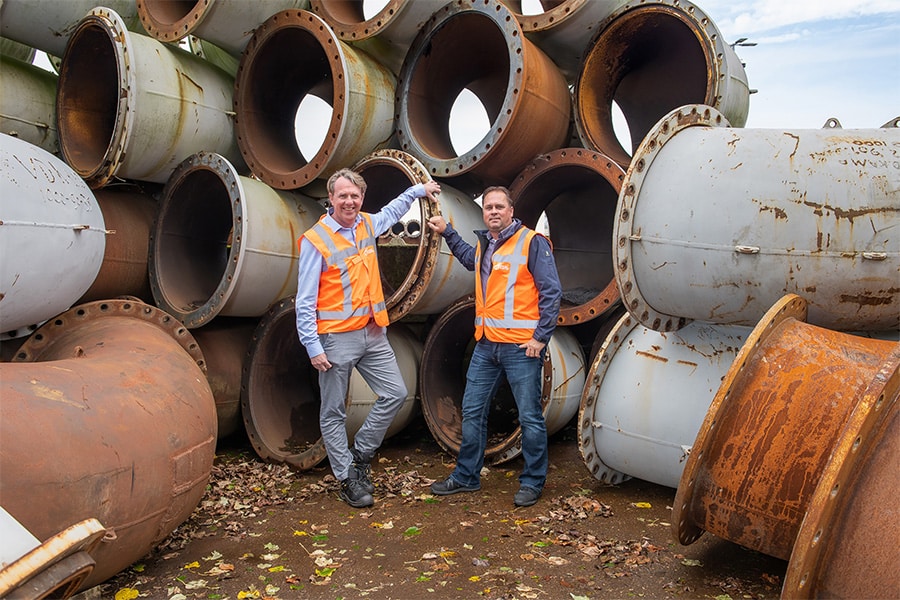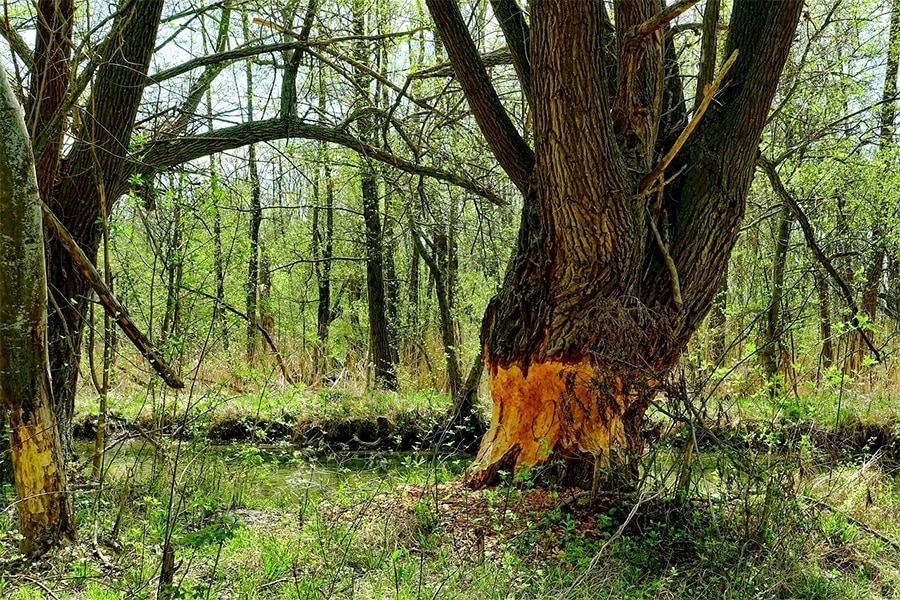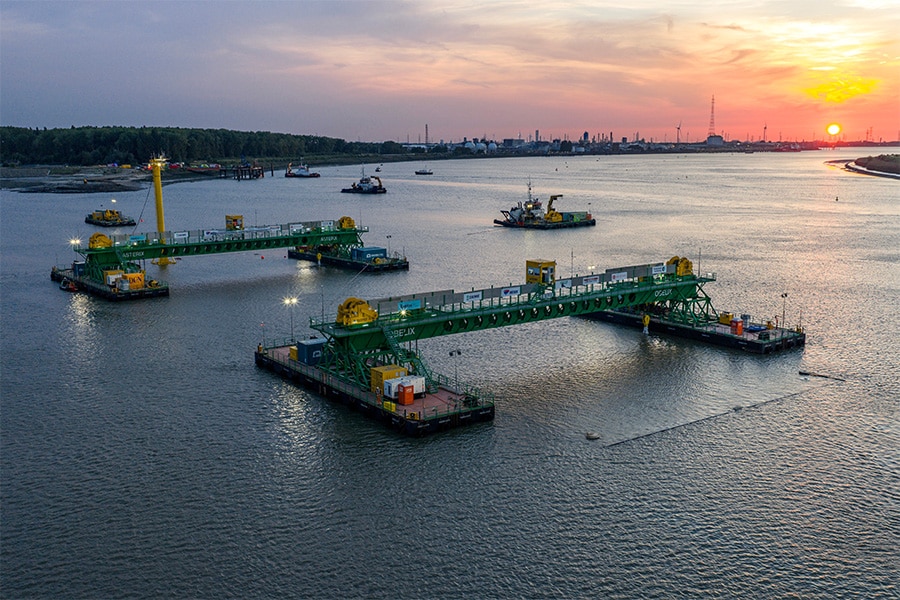
Specialist in sustainable waterworks realizes CO2-negative nature island in Westeinderplassen
As a specialist in bank and soil protection, dredging and sodding, the modern family business Van Aalsburg uses its innovative working methods and machines in the realization of shelters, zinc pieces, dams and shelters. This in a socially responsible manner and to the great satisfaction of many clients. The basis is willow twigs, which are grown under strict supervision on some 150 hectares of land, supplemented by growth from the Betuwe and the Biesbosch.
Sustainable island agriculture
In the context of sustainable island farming, Van Aalsburg already realized the Paper Island in the Langeraarse Zuidplas. The island -created thanks to local initiators and with a primarily recreational function- turned out to also give the natural values an enormous boost. This did not go unnoticed by the Rijnland Water Board. On the basis of the (European) Water Framework Directive, which aims to improve water quality and ecology, Rijnland joined forces with Van Aalsburg to build a peninsula and nature zone in the Westeinderplassen.
Biodiversity
Dick van Aalsburg explains: "Creating a gentle transition between land and water creates a lukewarm shallow zone. In this, aquatic and riparian plants are given the opportunity to develop and an improved macro-fauna and fish population is created." Paul Hollander, project manager at Rijnland adds: "The headland structure as built by Van Aalsburg is a great way to strengthen the ecological values in the Westeinderplassen and thus improve the water quality in a natural way."

Innovative construction
"Because Van Aalsburg is the only one with a tremendous amount of expertise in building crib structures in and on open water, we partnered with them to come up with a great plan." Dick: "When building large structures on the water, you need a lot of knowledge and expertise. We solved that whole problem sustainably with our creative approach by using a crib structure. At the same time, it is important to look at ecology: how do you ensure that reeds, sedge and other plantings take root as quickly as possible. This way we build nature with all-natural materials and solve the problem of excess dredging."
CO2-negative
The land piece, of some 340 meters, will be constructed entirely of cradles grown in the Netherlands. "Because the cradles will be used underwater, the stored CO2 for very long term fixed in the island structure. In addition, equipment running on blue diesel will be used throughout the project to reduce CO2-emissions yet again," Dick says. Paul adds: "For Rhinelander, this is the first project where we have increased CO2 than we emit. Thus, we speak of a CO2-negative project, which of course is super positive! Through the use of local, sustainably cultivated material, in combination with its sustainable processing and the vast knowledge and expertise of Van Aalsburg, we are helping nature in the Westeinderplassen with the construction of this island. Of course while preserving the natural character and appearance that belongs to this beautiful nature reserve."
Heeft u vragen over dit artikel, project of product?
Neem dan rechtstreeks contact op met Van Aalsburg BV.
 Contact opnemen
Contact opnemen




